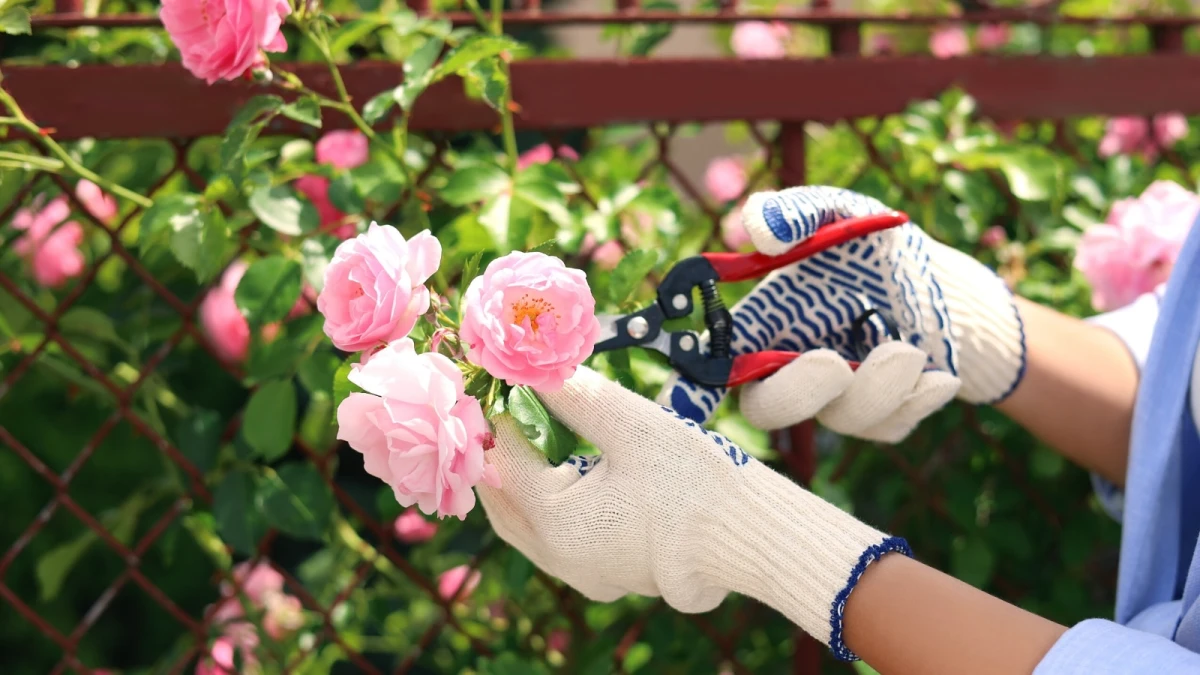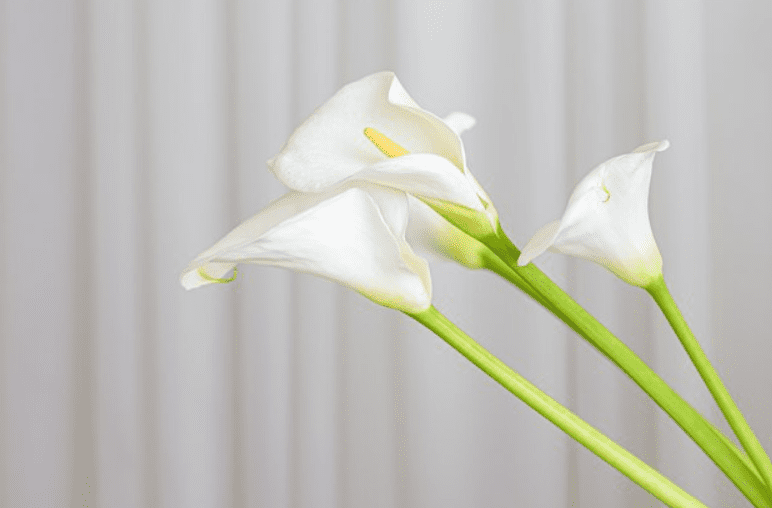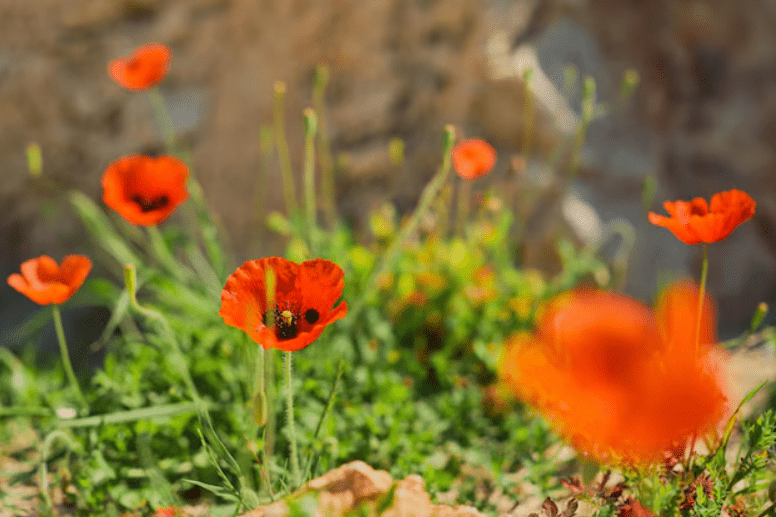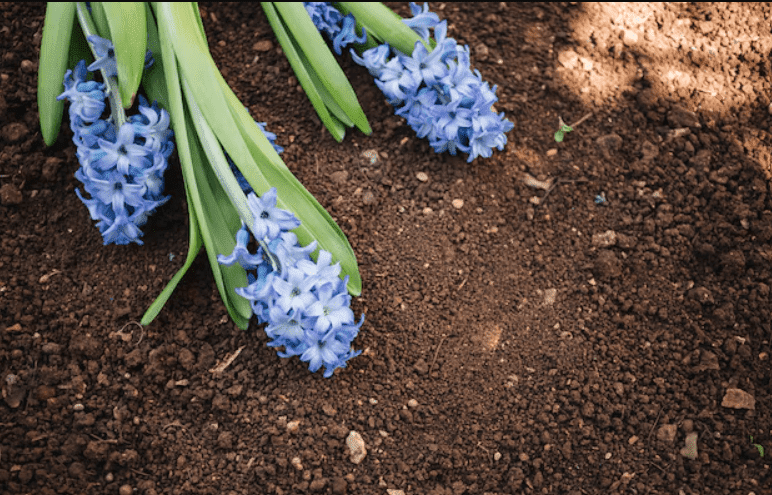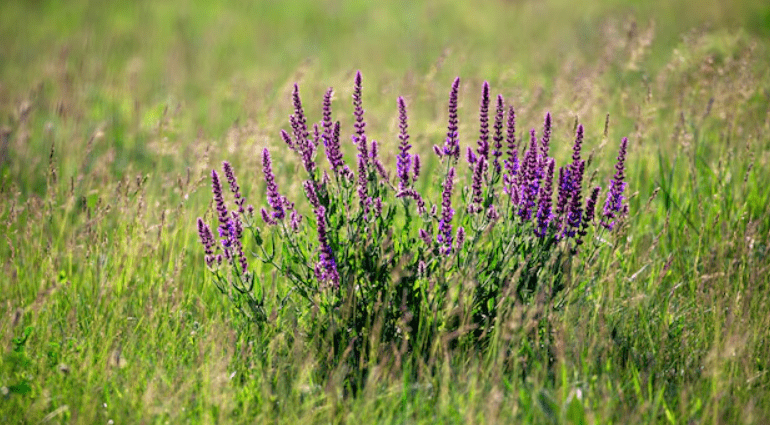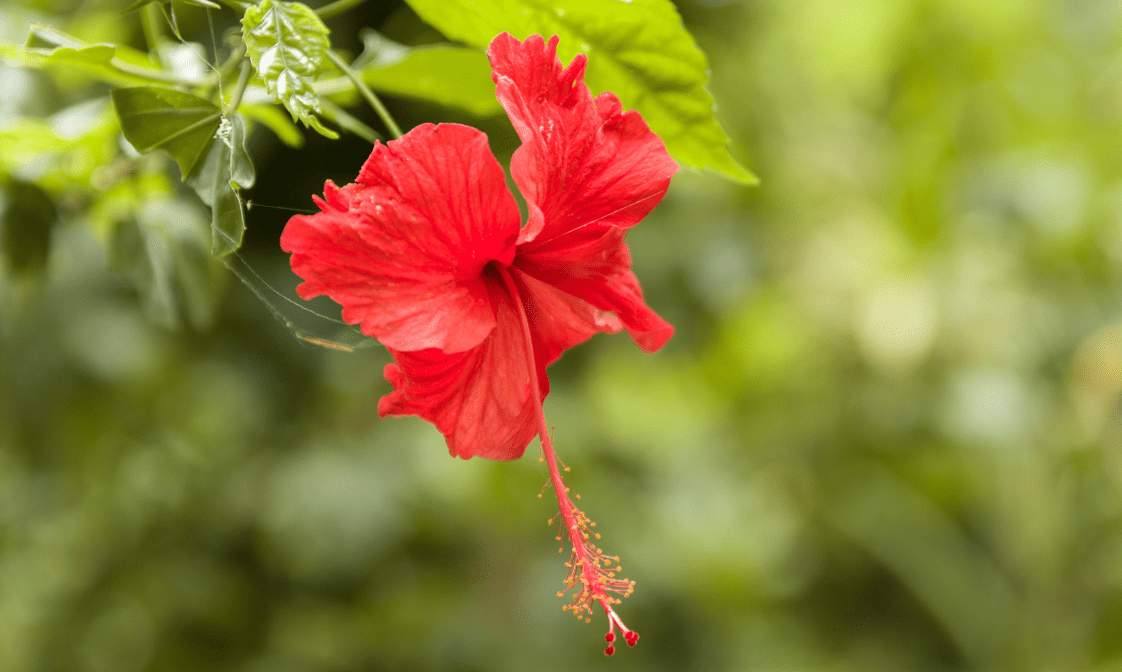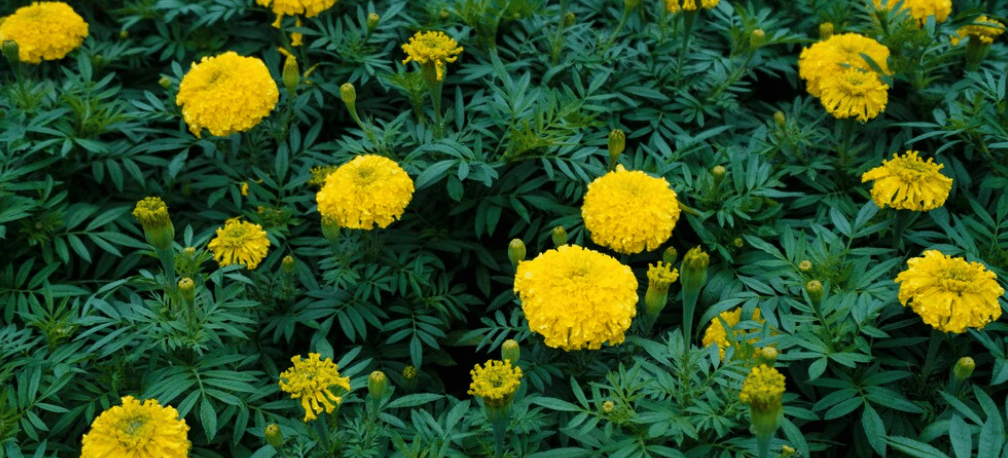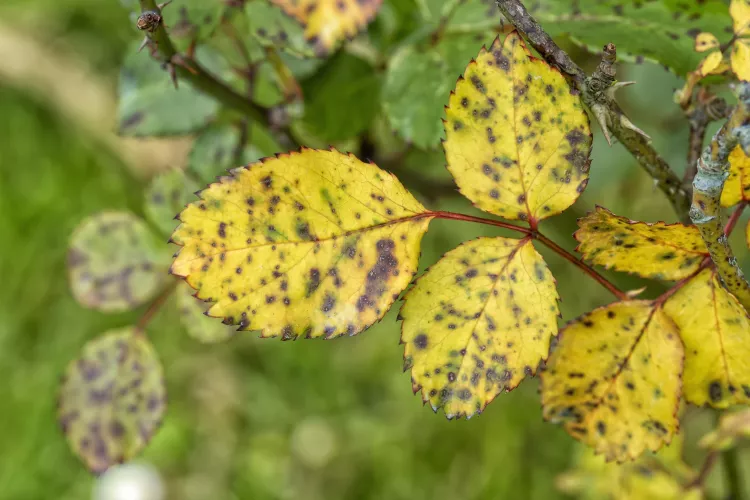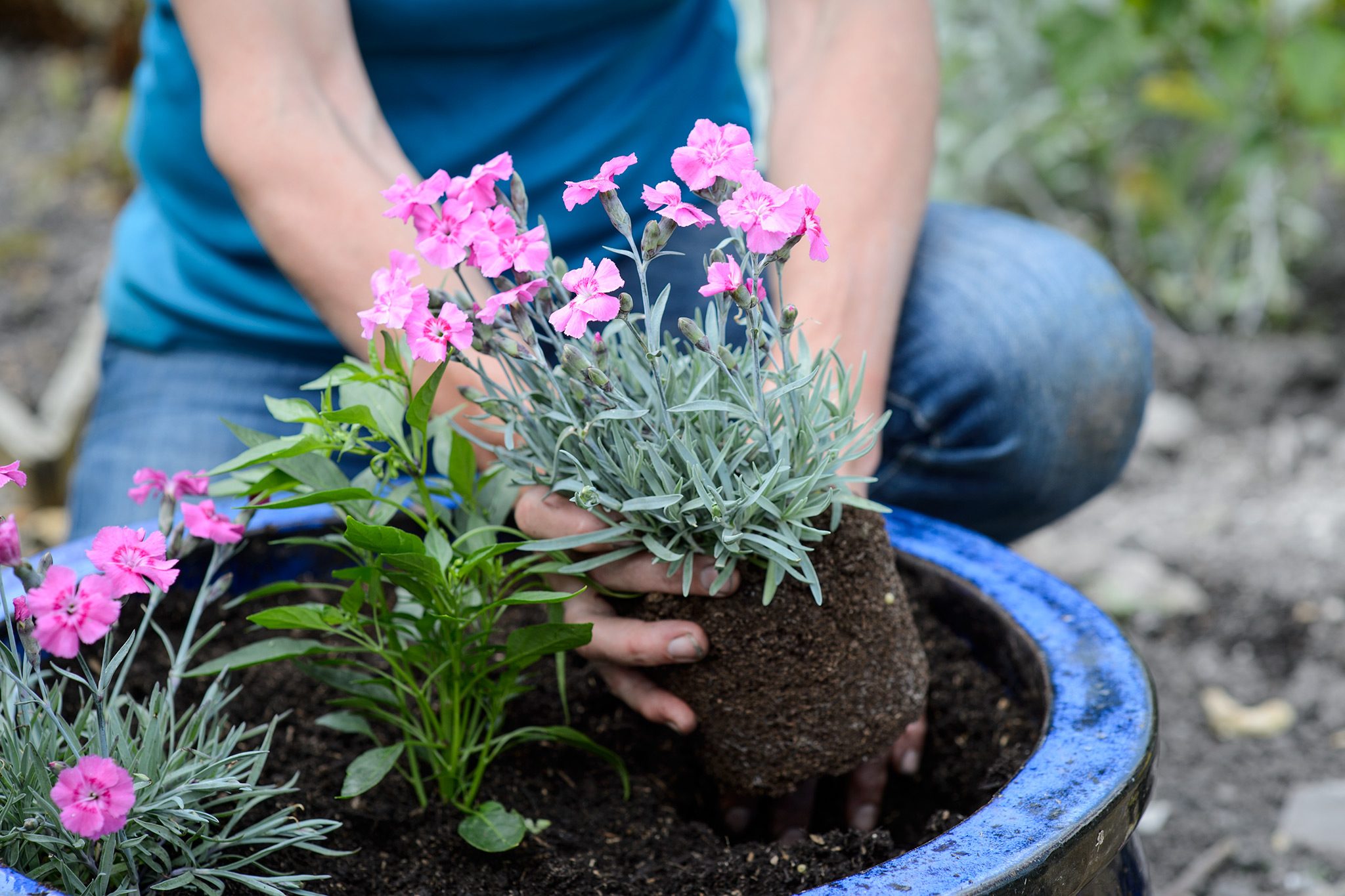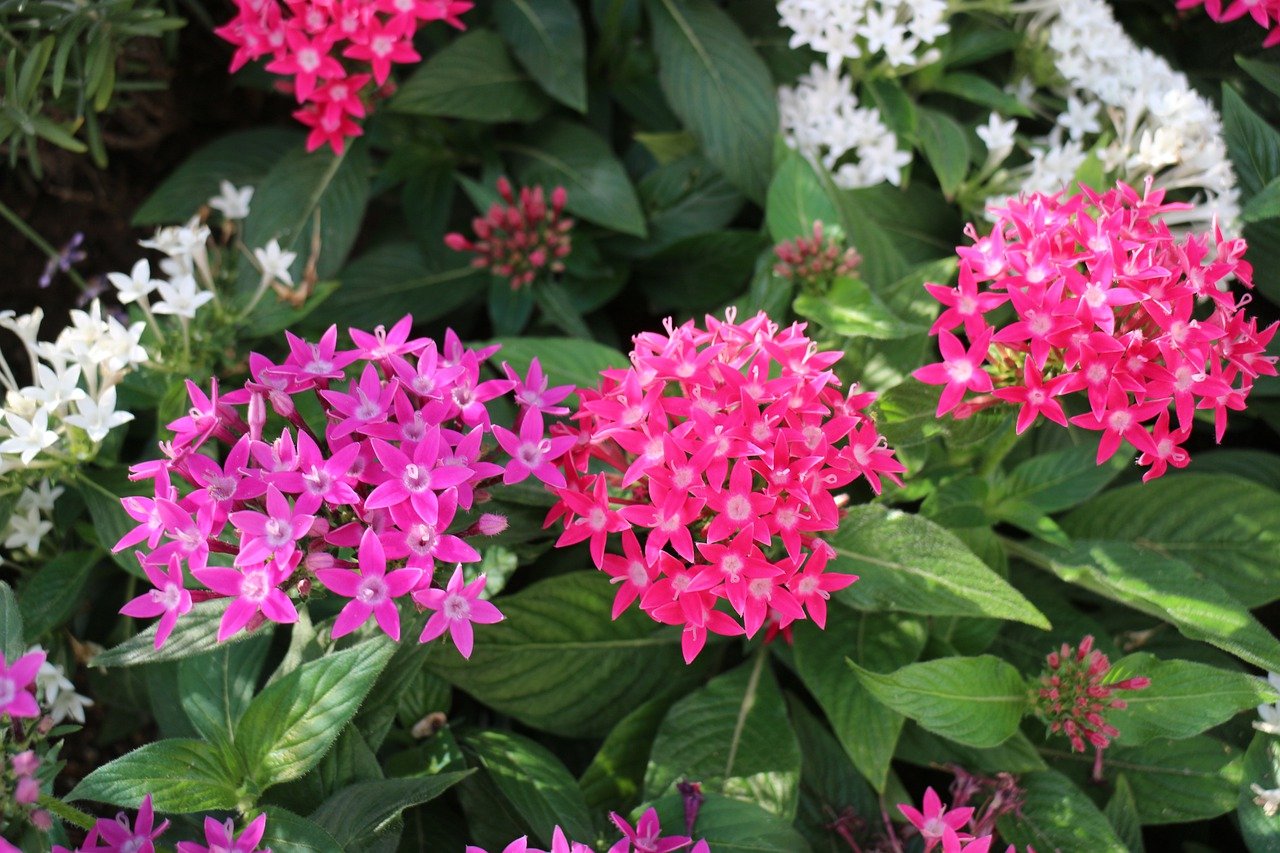If the roses in your garden look nothing like the picture-perfect, dewy blooms that inspired you to plant them, something is definitely going wrong. While roses aren’t the simplest flowers to grow, many common rose problems come from skipping the basics of rose bush care.
Start by reviewing how you’re currently looking after your roses. This list of common rose growing mistakes can help you correct what’s not working and uncover steps you might’ve overlooked. By understanding what to avoid, you’ll use your time, effort, and budget better and enjoy stronger plants with more vibrant blooms.
Table of Contents
TogglePlanting a Rose Unsuitable for Your Climatic
Planting a type of roses that doesn’t suit your local climate can result in poor growth and disappointing blooms. Some roses handle cold temperatures well, while others are more delicate and struggle in cooler conditions. Nurseries near you usually stock rose varieties that do well in your region. But if you’re ordering roses online, it’s important to check whether the type you’re buying can handle the weather where you live.
Picking the Wrong Location
Roses come in all shapes and sizes, so it’s important to check the plant tag before purchasing. Forcing a naturally large, vigorous rose into a tight space by constantly trimming it won’t keep it healthy. Similarly, planting a sun-loving rose in a shady area sets it up for poor performance. Always try to match your rose’s needs with the conditions of the spot you’re planting it in.
Not Doing Soil Preparation
Give your roses a strong start by improving the soil before planting. Dig a hole 2 feet wide and 1 foot deep, and mix in compost or well-rotted manure. If your soil is heavy and full of clay, go deeper up to 2 feet and add materials like ground bark or coconut coir to loosen the texture and help water drain more efficiently.
If your rose is struggling in poor soil, it’s better to gently dig it up, amend the ground, and replant it. You can also move it to a better-prepared location rather than leave it to decline in unsuitable conditions.
Ignoring Wildlife
It may be surprising, but deer often find rosebuds, young stems, and leaves irresistible. A tall fence might be your best bet if you’re growing many roses and live in a deer-prone area. For just a few roses or areas with fewer deer, scent-based repellents can be enough to keep them away.
Not Watering Enough
Roses are thirsty plants, especially during dry spells. To get the best blooms, water deeply at least once a week. Whether you’re using a hose, watering can, or drip system, try to keep the foliage dry. Wet leaves are more prone to diseases like black spot, which causes rose leaves turning yellow and lead to leaf drop.
Container roses dry out faster than those in the ground. On hot days, they might need water daily to stay healthy.
Deadheading red roses
Taking off spent blooms from your rose bushes keeps them looking tidy and encourages continuous flowering. Regular deadheading can feel never-ending since many roses bloom repeatedly from spring through fall. To make the job quicker, pinch off old blooms by hand whenever you walk past the bush. For roses that bloom so heavily, it’s hard to keep up. Use hedge shears to trim back the entire plant by a few inches once most of the flowers fade. Within a couple of weeks, fresh buds will begin to form.
Regular deadheading supports long-term plant health and complements other essential practices, especially if you’re learning how to propagate roses for new growth.
Delaying Pruning
Annual pruning is key in keeping roses healthy and encouraging fresh growth, but timing is everything. For roses that flower only once a season, prune them right after they finish blooming. Most other types benefit from a trim in late winter or early spring. Wear protective gloves and use long-handled pruners or clippers when it’s time to prune. A homemade cardboard scoop can help gather up the trimmings quickly and easily.
Overdoing Pest Control
Roses naturally attract bees, butterflies, and other helpful pollinators. While some insects nibble on the leaves or buds, most don’t cause serious harm. Spraying pesticides too freely can hurt beneficial bugs along with the pests. When you do need to treat an infestation, reach for gentler options like neem oil or homemade insecticidal soap to minimize damage to your garden’s ecosystem.
Not Fertilizing Correctly
Roses are heavy feeders, but the timing and amount of fertilizer depend on the type and age of the plant. Only roses that bloom multiple times a season need regular feeding from spring through late summer. Adding fertilizer too late in the year can confuse the plant, causing it to produce new growth when it should be slowing down for winter.
Ignoring Rose Rosette Disease
If one of your roses starts looking distorted, overgrown, or just plain strange, it might have rose rosette disease (RRD). It’s a severe viral infection that can kill the plant within a few years. Even if this disease isn’t common in your region, acting fast if you spot it is essential. Pull the infected plant, bag it, and throw it in the trash. Don’t compost or mix it with yard waste because it can spread the disease to healthy roses nearby.

